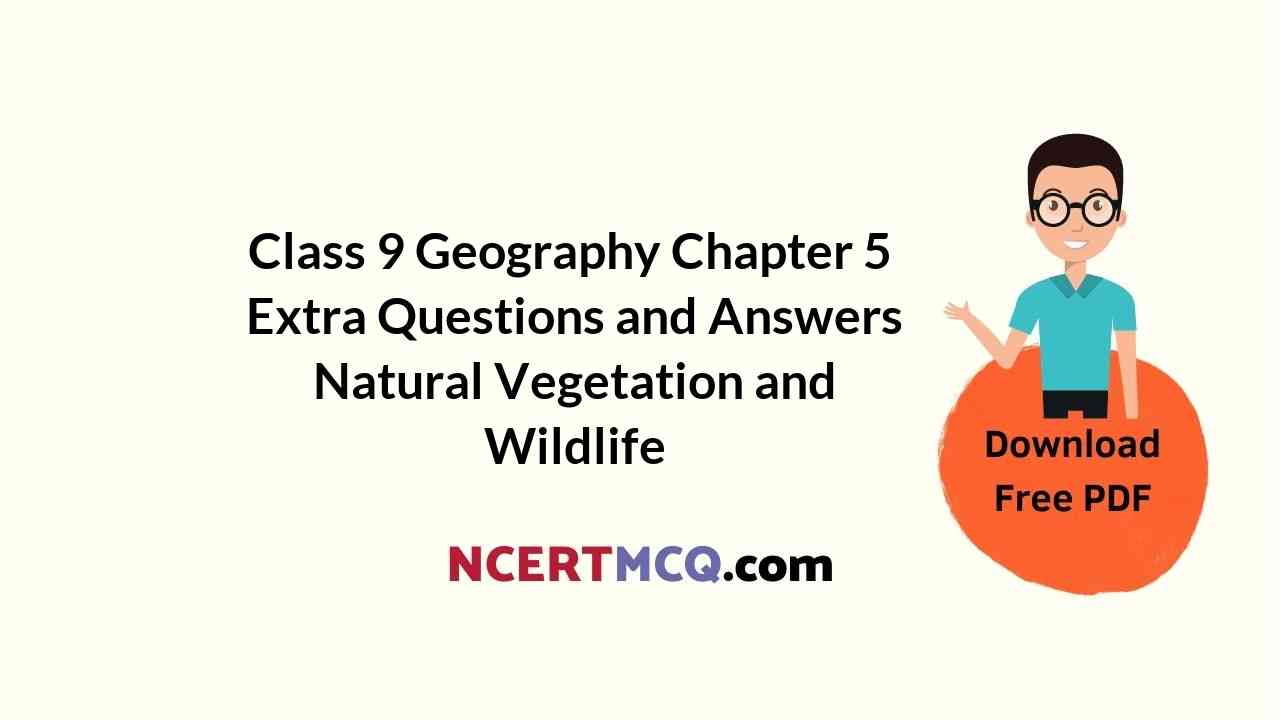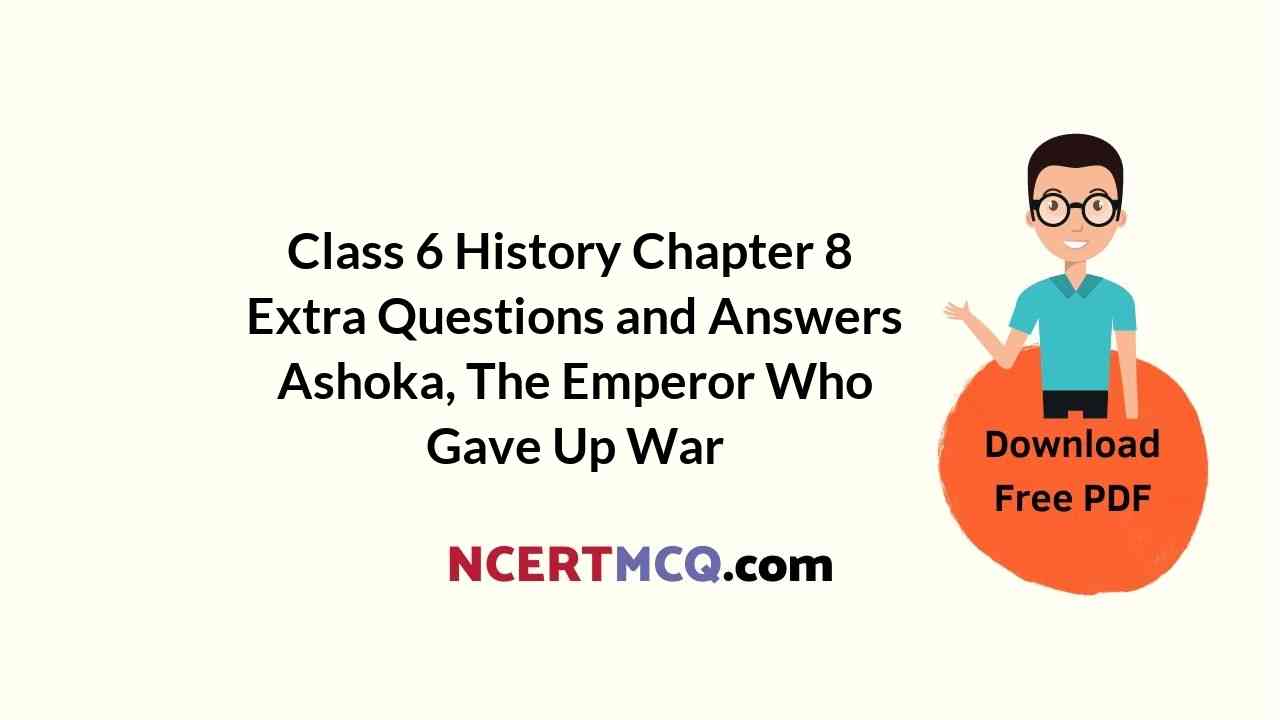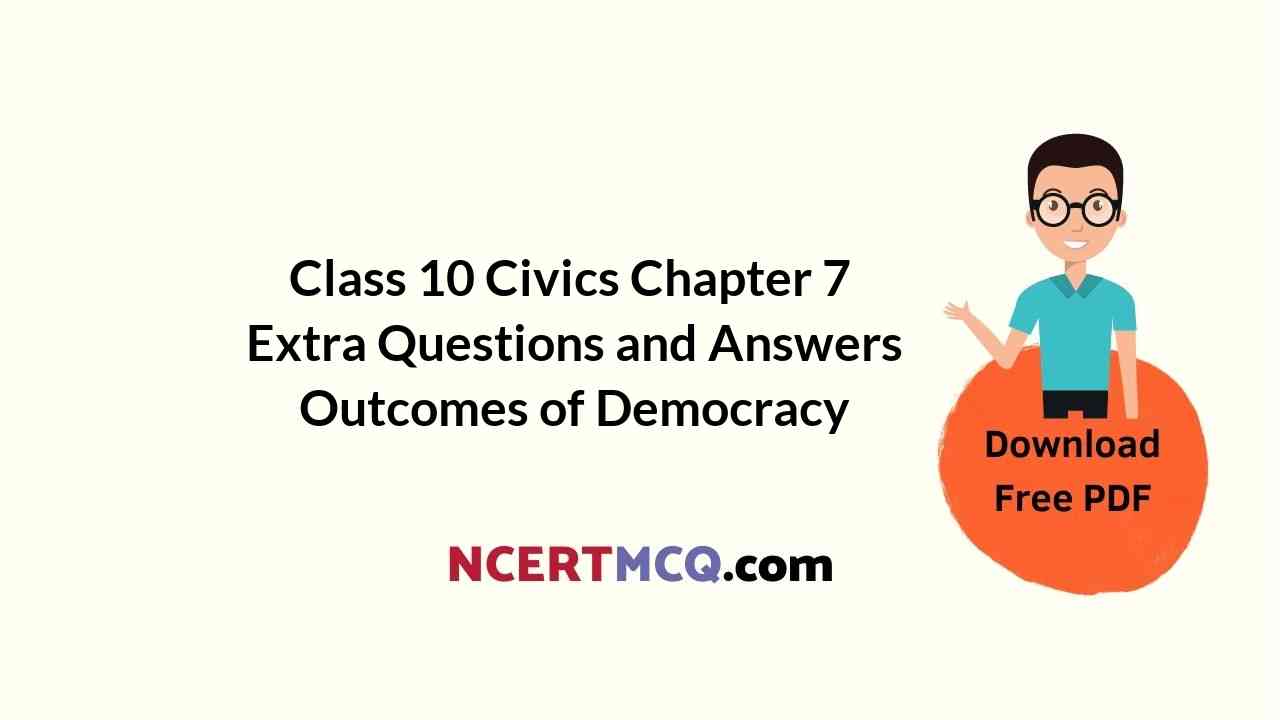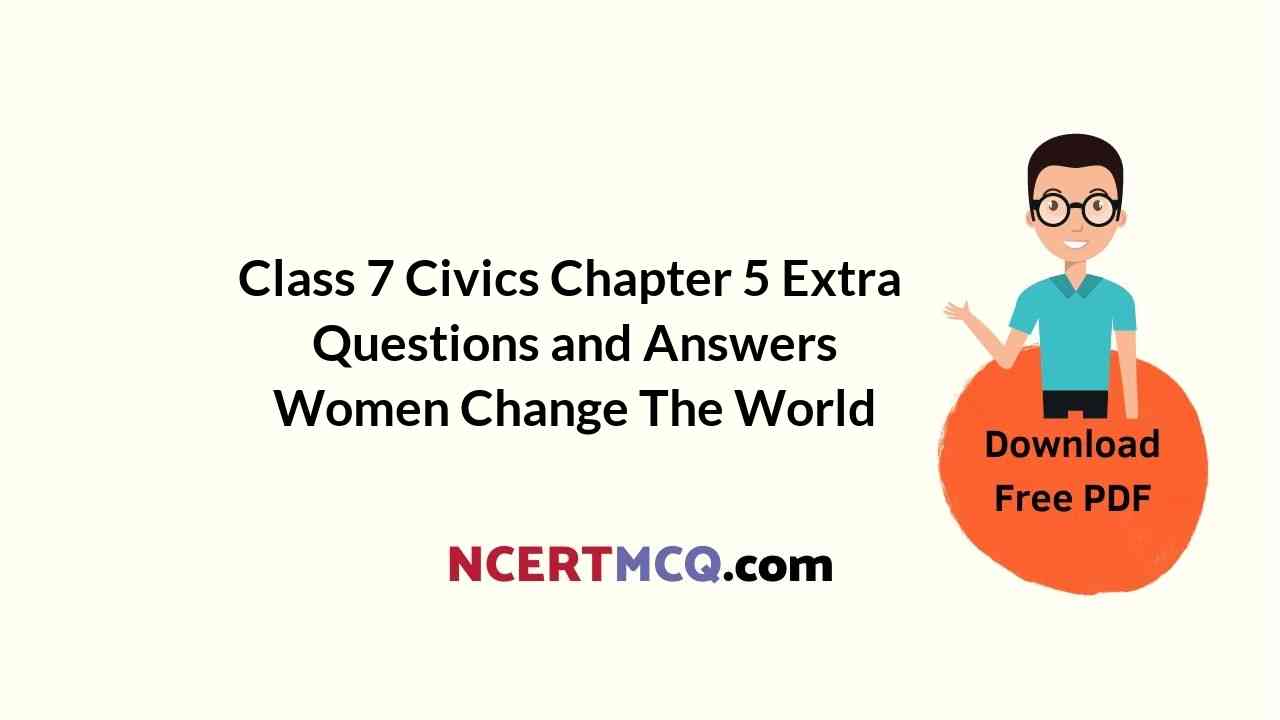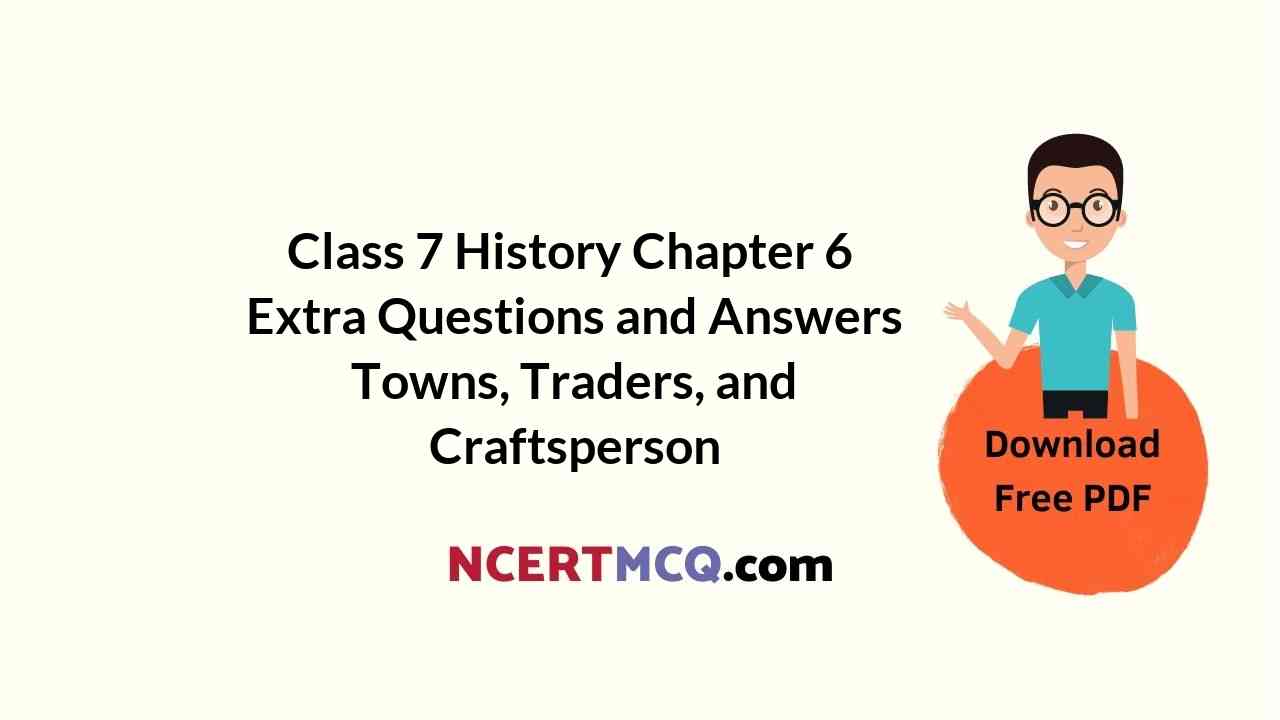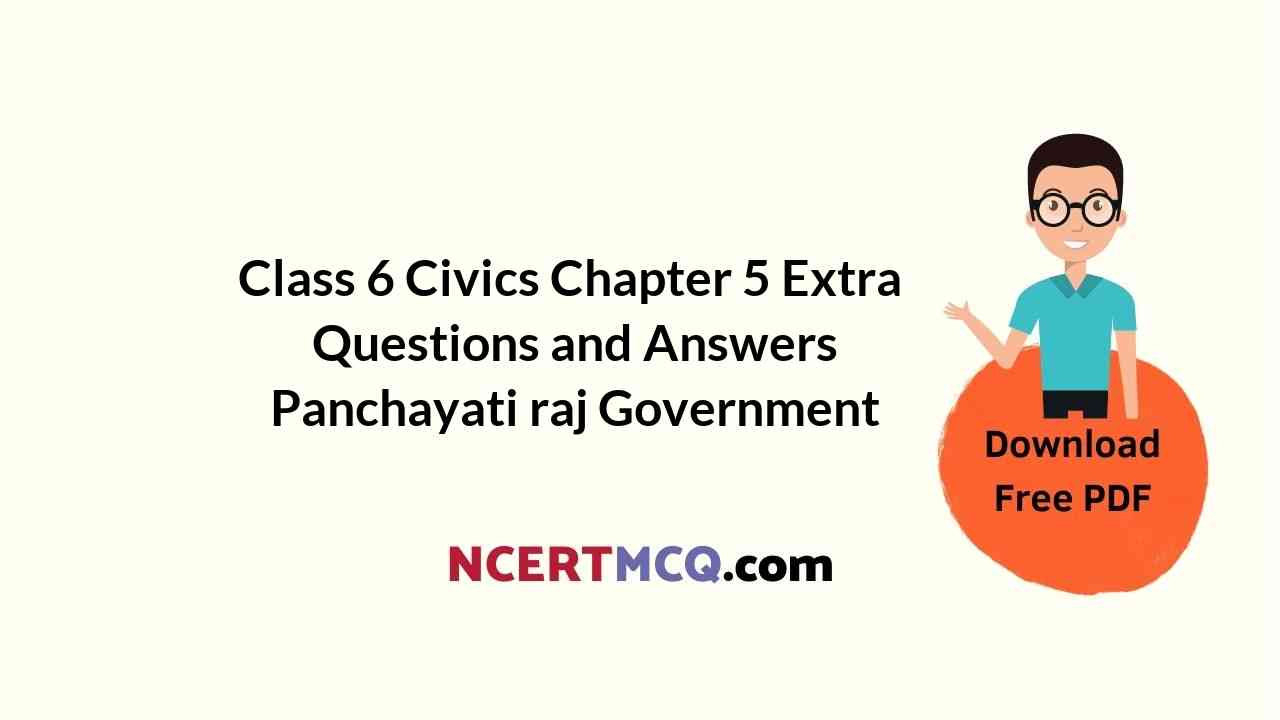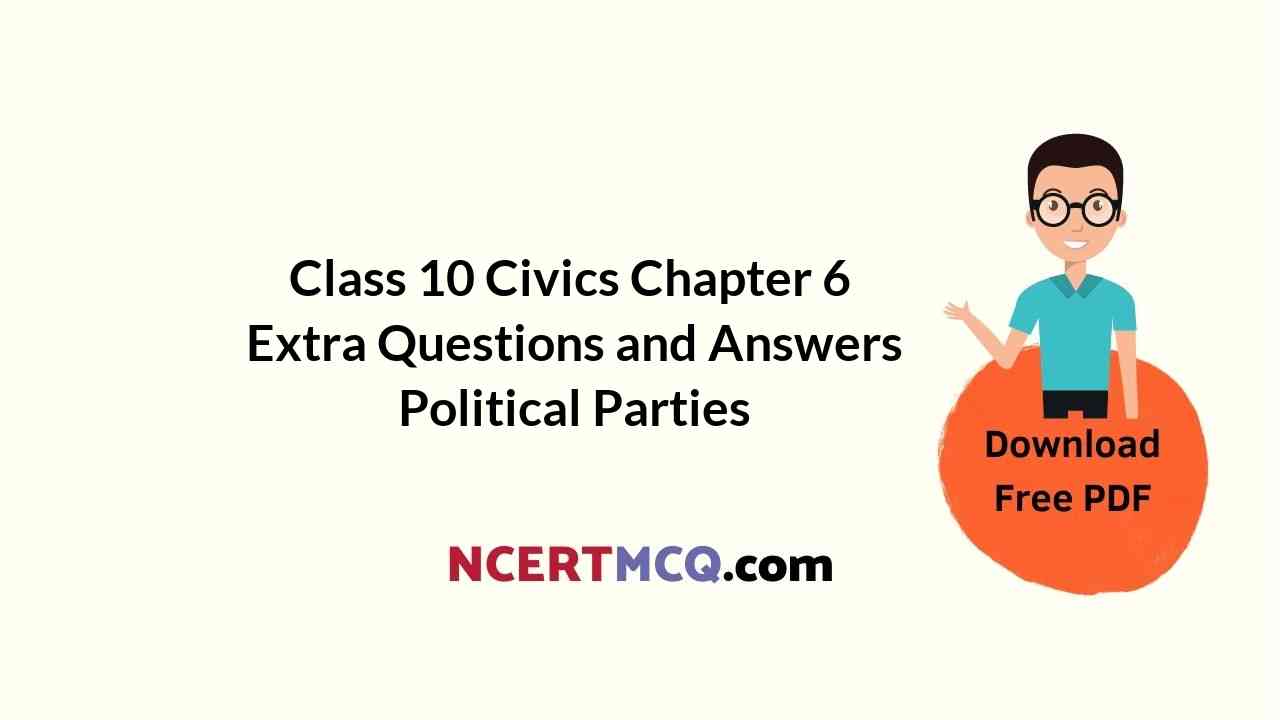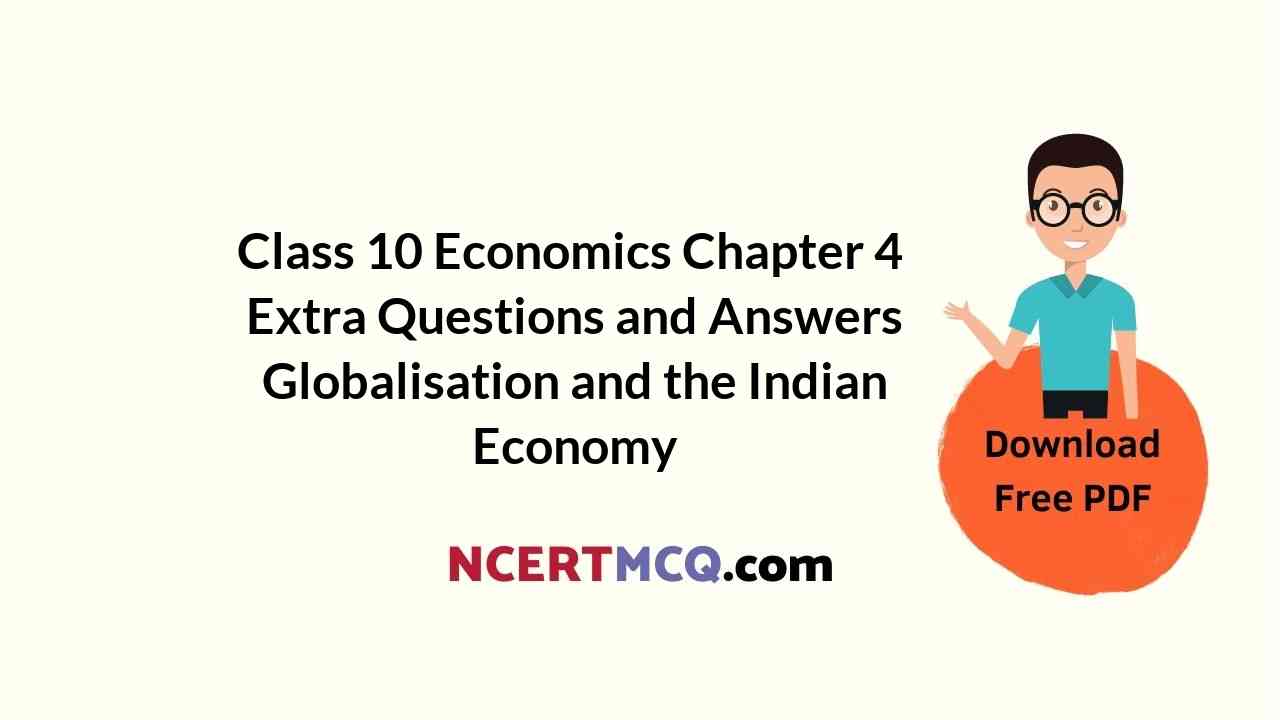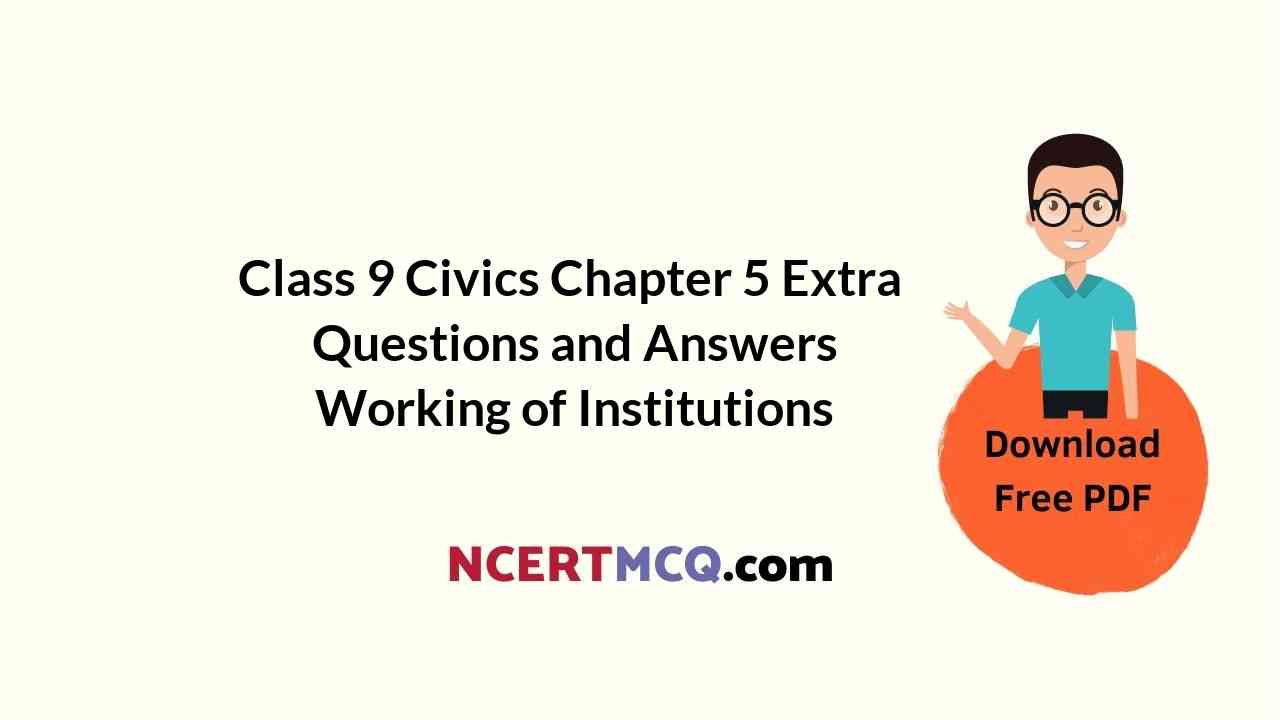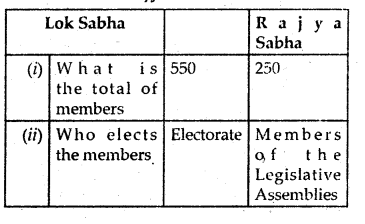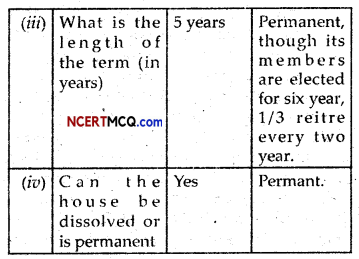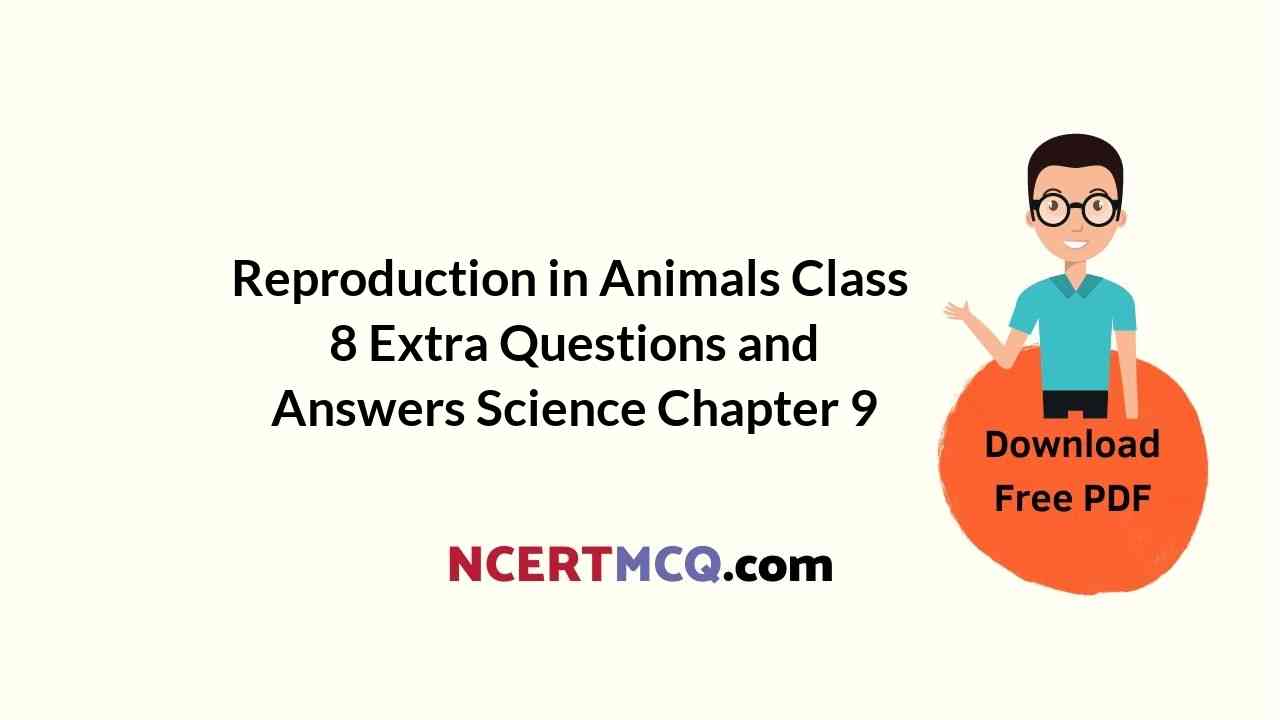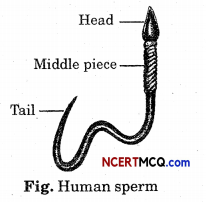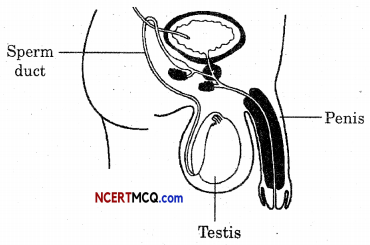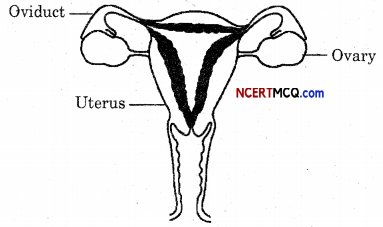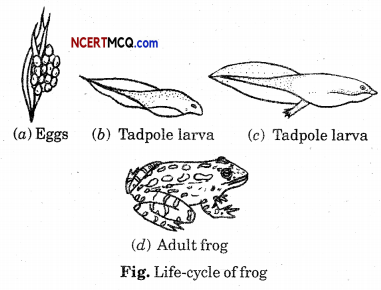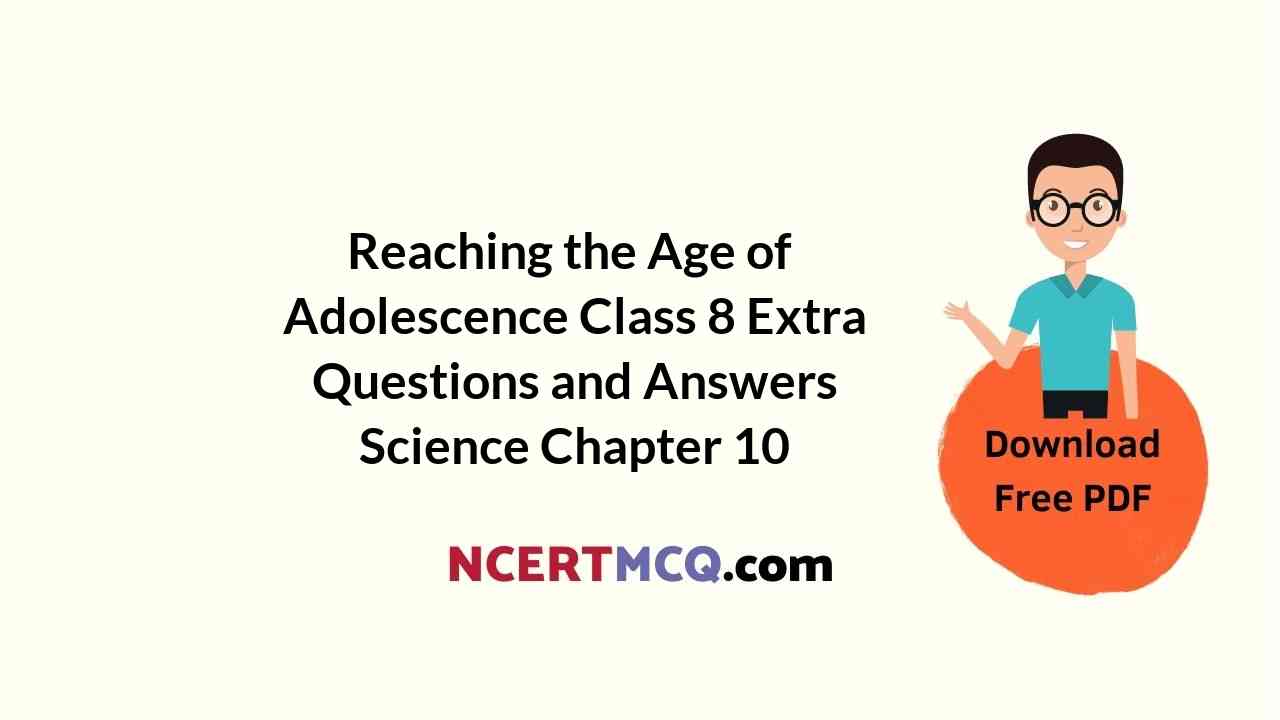Online Education for Natural Vegetation and Wildlife Class 9 Extra Questions Geography Chapter 5
Question 1.
Which was the form of life which appeared on the earth?
Answer:
Plants or vegetation.
Question 2.
What is the importance of the plants – for us?
Answer:
Every form of life in the earth is dependent either directly or indirectly on the plants hence these are very significant.
Question 3.
How many flowering plants are there in India?
Answer:
About 15000.
Question 4.
What is the use of Sarpagandha?
Answer:
Sarpagahdha is used for the treatment of the blood pressure.
Question 5.
How many species of the plants have been listed as endangered in India?
Answer:
52.
![]()
Question 6.
Which of the international agencies has included Indian plants in the medical list?
Answer:
The World Conservation Union.
Question 7.
Name the Indian states where Tropical deciduous forests are found.
Answer:
- The north-eastern states,
- The foothills of the Himalayas,
- Jharkhand,
- West Orissa,
- Chhattisgarh,
- Eastern slopes of the Western Ghats.
Question 8.
Give two examples of deciduous trees.
Answer:
- Teak,
- Sal.
Question 9.
Give three examples of the trees of the tropical rains forests.
Answer:
- Ebony,
- Mahogany,
- Rosewood.
Question 10.
Name the place where thorny forests are found in India.
Answer:
The north-western part of the .country including the semi-arid areas of Gujarat, Rajasthan, Madhya Pradesh, Uttar Pradesh, Haryana.
Question 11.
In which state is the Sundarban located?
Answer:
In West Bengal.
Question 12.
Name the major vegetation region to which Acacia and Teak trees belong.
Answer:
Acacia-Thom forests.
Teak-Tropical deciduous forests.
Question 13.
In which type of vegetation region are the date-palm and the mahogani trees found?
Answer:
- Date palm trees-Thorn forests.
- Mahogany trees.
Question 14.
How many species of birds are there in India?
Answer:
Near about 1200.
Question 15.
In what kind of water do the Sundari trees flourish?
Answer:
Sundari trees flourish both in fresh and saltwater.
![]()
Question 16.
Name the Indian states where elephants are found.
Answer:
- Assam,
- Kerala,
- Karnataka.
Question 17.
Name the national bird of India.
Answer:
Peacock.
Question 18.
Name the national animal of India.
Answer:
Tiger.
Question 19.
Name two migratory birds.
Answer:
- Siberian crane,
- Flamingo.
Question 20.
Name two endangered species of wildlife.
Answer:
- Tigers,
- Rhinoceros.
Question 21.
Point out some most important characteristics of the monsoon.
Answer:
- These are found almost all over India.
- They grow in the areas with the rainfall between 200 cm-75 cm.
- These forests have Sal and Teak trees.
- These trees shed their leaves for about six to eight weeks in summer.
Question 22.
Point out the importance of the biosphere reserves.
Answer:
- The biosphere reserves are very important in preserving the endangered species of animals and plants.
- These are the important source of transmission of the natural heritage to the future generations.
- These inspire the people of the surrounding areas to protect tire wildlife.
- These provide opportunities for research.
- These are also important for promoting the tourism.
Question 23.
Name the states where the following biosphere reserves are situated.
(i) Nilgiri
(ii) Nanda Devi
(iii) Manas
(iv) Simlipal
(v) Nokrek
(vi) Sundarban
(vii) Pachmarhi
(viii) Dehang Debong
Answer:
Biosphere Reserves States
(i) Nilgiri – Tamil Nadu, Kerala Karnataka
(ii) Nanda Devi – Uttranchal
(iii) Manas – Assam
(iv) Simlipal – Orissa
(v) Nokrek – Meghalaya
(vi) Sundarban – West Bengal
(vii) Pachmarhi – Madhya Pradesh
(viii) Dehang Debong – Arunachal Pradesh.
![]()
Question 24.
What is the reason that the tropical deciduous forests shed their leaves during the summer?
Answer:
Tropical deciduous forests are the trees like, sal, sandal, shisham etc. All of these trees shed their leaves in summer. The main reasons behind this fact is that the leaves get dry by the . scorching heat of the summer and as a result they leave the branches automatically.
Question 25.
What are the main reasons that the evergreen forests are found in the western slopes of the Western Ghats ?
Answer:
The evergreen forests are found in the western slopes of the Western Ghats because of the following reasons :
1. The western slopes of the Western Ghats get heavy rainfall because they are on the leeward side of the Western Ghats and here the monsoon winds are very active.
2. The trees grown here do not have a distinct season of sheding leaves as the region is warm and wet throughout the year.
Question 26.
Point out the importance of the plant kingdom.
Answer:
The first form of life on the earth belongs to the plant kingdom. Plant kingdom developed the life system for the animal kingdom. Plants are the primary source which convert the sunlight into foods. The plants not only add beauty to the nature but also provide oxygen to us. Without oxygen, we can not live. Hence the plant kingdom is very important for us.
Question 27.
How the natural vegetation of Rajasthan can be conserved?
Answer:
Following steps may be taken to conserve the natural vegetation in Rajasthan:
- Cultivated area should be increased by the irrigation facilities.
- Indira Gandhi Nahar is fulfilling this purpose quite effectively.
- The desert areas should be reduced by growing more and more trees and grasses so that sands do not expand more adjoining areas.
Question 28.
What is the reason that thorny type of vegetation is found in Rajasthan?
Answer:
Thorny type of vegetation which is composed of the trees like kikar, babul, khair, datepalm, scrubs and thorny bushes etc. are found mainly in Rajasthan. The main reasons behind this fact are the following:
1. Such type of vegetation is confined in areas .with less than 75 cm rainfall and Rajasthan is directly, this kind of area.
2. This type of vegetation have long roots so that they can thrive in a dry area like Rajasthan where underground water is found very deep.
Question 29.
What is meant by vegetation? How much ‘natural is the natural vegetation of India today? ’
Answer:
Vegetation is meant by the species of plants. India is very rich in vegetation. India is tenth in the world and fourth in Asia in plant diversity. There are more than 47000 plant species in India. More than 15,000 plants are flowering plants. Sarpagandha which is used to treat blood pressure is found only in India.
However, the most of the vegetal cover of India is no more natural. Natural vegetation is meant only by the plant community that has been left undisturbed over a long period. But in India except some inaccessible regions like the Himalayas and the desert, the vegetation has been destroyed or replaced or even degraded by the human occupancy. Hence, they cannot be taken as natural vegetation anymore.
Question 30.
What is a biome? State the number of biomes into which the land ecosystem is divided and also the basis for the grouping.
Answer:
Biome is meant by a very large ecosystem on land having distinct types of vegetation and animal life. Though the animals are included in the biomes mainly plant formations are used as the basis of their grouping.
The five principle biomes of the world may be listed in order of availability of soil, water and heat are:
- forests,
- savana,
- grassland,
- desert,
- tundra.
Within a biome, much variation may be found in the assemblage of plant and animal species.
Biomes are useful for studying the world patterns of vegetable cover.
![]()
Question 31.
Discuss how the relief and rainfall influence the distribution of natural vegetation in India.
Answer:
The relief and the rainfall surely influence the distribution of the natural vegetation in India. These are actually the most important factors influencing the natural vegetation of an area. The plants occur in distinct groups in areas having similar climatic conditions and rainfall though such areas may be far from each other.
Question 32.
Describe the major vegetation zones of the Himalayan region.
Answer:
- In the foothills of the Himalayas the tropical deciduous forests are found;
- Between the height of 1000-2000 mtrs, wet temperate type forests are found.
- Between 1500-3000 mtrs, the evergreen broad-leave trees like oak and chestnuts are predominantly found.
- The southern slopes of Himalayas are mostly covered by the temperate forests containing coniferous trees like pine, deodar, silver fur, spruce and cedar etc.
Question 33.
Mention the uses of forests.
Answer:
Forests are renewable resources and play a major role in enhancing the quality of environment. They modify local climate, control soil erosion, regulate stream flow, support a variety of industries, provide livelihood for many communities and offer panoramic or scenic view for. recreation. They control wind force and temperature and causes rainfall.
They provide humus to the soil and shelter to the wildlife. India’s natural vegetation has undergone many changes due to several factors such as the growing demand for cultivated land, development of industries and mining, urbanisation and over-grazing of pastures.
Question 34.
Distinguish between Moist Deciduous forests and Dry Deciduous forests.
Answer:
| Moist Deciduous forests | Dry Deciduous forests |
| 1. These are the forests found in the areas with rainfall between 100-200 cm. | 1. These are found in the areas with the rainfall of 70 -100 cm. |
| 2. Teak is the most common tree of these forests. | 2. These forests have given way to thorn forests. |
| 3. These are mainly the country and especially in the north-eastern states in the foothills of Himalaya. | 3. These are found in the mainly found eastern part of in Bihar, U. P., and Peninsular Plateau. |
Question 35.
Distinguish between Extinct Species and Endangered Species.
Answer:
| Extinct Species | Endangered Species |
| 1. These are the species of plants and animals not seen in the world anymore. These have not been sighted during the last 6-10 decades. | 1. These are the species which are in the danger of getting extinct. |
| 2. In India about 20 species of plants have become extinct. | 2. In India there are about 1300 endangered species of plant. |
| 3. These cannot be protected anymore or brought back. | 3. These can be protected and can be saved from being extinct. |
Question 36.
Name two plants of each type of vegetation.
Answer:
- Tropical Rain plants: Ebony, rosewood.
- Deciduous plants: kliair, Kusum
- throws-scrubs: Acacias, palms
- Temperate Plant: Pine, spruce
- Alpine-Tundra: Junipers, pines
- Tidal plants : Palm, agar.
Question 37.
Which steps should be taken to preserve the natural vegetation?
Answer:
To preserve the natural vegetation following steps should be taken:
1. Cutting of the trees in the forests must be stopped. The government has taken adequate steps in this direction. Forest department has been created for this purpose. Laws have been implemented to punish the persons found in felling and cutting of the trees. However, awareness among the people is more important. Without this awareness, desired results cannot be achieved.
2. The people must cooperate to check the felling of trees. They infact must take active part in this regard.
Fortunately, many persons have come forward in this direction.
Movements like (Chipko Andolan’ has been launched by the people themselves.
3. Necessary wood for industrial purposes and for other activities, must be taken through planned manner. So that both purposes- industrial growth and the environment protection- can be achieved.
4. Wherever the trees have been cut for whatever reason; new trees must be planted to maintain the ecological balance.
5. Functions like ‘Vanmahotsava’ should be celebrated everywhere, it would help in growing the awareness.
6. 33% of the total land area must be brought under forest area.
![]()
Question 38.
Give a brief account of the wildlife in India.
Answer:
The fauna in India is very rich and varied. It consists of a variety of fish, birds and animals including amphibians, reptiles, mammals, small insects and worms.
In fact there are more than 89,000 species of wildlife in India.
- The biggest of the mammals are the elephants. Elephants are mainly found in the jungles of Assam, Kerala and Karnataka.
- Camels are mainly found in Rajasthan.
- Wild asses are found in the Rann of Kachchh.
- The rhinoceroses are found in marshy and swampy lands of Assam.
- Lions are mainly found in Gir forest of Gujarat
- Royal tigers are found in Sundarbans.
- Leopards of various types are found in the Himalayan region.
- The Himalayan ranges are the home of several other species like wild sheep, mountain goats, wild goats, the shew, the tapir and the snow leopard etc.
- Various species of the monkeys are also found in India.
- In India buffaloes, Nilgiri Chouringha, gazel, deer etc.
- A number of variety of birds are found in India. The chief among them are the peacocks, geese, pheasants, ducks, mynahs, pigeons, parrots, cranes, and also found hornbills and sunbirds etc.
Question 39.
Write short notes on the following:
(i) Indian flora
Answer:
Flora means the plants of a particular region or period. India has been known for its flora since ancient times. In Ayurveda at least 2000 kinds of flora has been described. There are about 15,000 flowering plants are found in India. In total, India has more than 47,000 plant species. The World Conservation Unions Red list has names of 352 medical plants found in India. The Rawvolfia which is used to treat blood pressure is found only in India. However, more than 52 species have been identified as endangered.
(ii) Tropical rain forests
Answer:
These forests are found in the k rainy parts of the Western Ghats and also in the island groups of Lakshadweep and the Andaman and Nicobar. These forests are at their best in the areas having more than 200 cm of rainfall with a short dry season. In these types of forests, trees reach great heights even up to 60 metres and more. Since the region is warm and wet throughout the year, it has luxuriant vegetation of all kinds like trees, shrubs and even creepers. These forests appear green the year.
Objective Type Questions
1. Put (✓) before the correct sentences and (✗) before the incorrect sentences:
(i) Humans are not the part and parcel of the ecosystem.
Answer:
(✗)
(ii) Sarpagandha is used for treatment of blood sugar.
Answer:
(✗)
(iii) There are about 15,000 flowering plants in India.
Answer:
(✓)
![]()
(iv) All plants and animals of an area are interdependent
Answer:
(✓)
(v) Nearly 40% of the total plant species of our country have come from outside India.
Answer:
(✓)
(vi) Tropical rain forests are restricted to time heavy rainy parts of the country.
Answer:
(✓)
(vii) The thorn forests are found in Andaman.
Answer:
(✗)
(viii) India has less than 10,000 animal species.
Answer:
(✗)
2. Fill up the blanks with appropriate words:
(i) The Indian birds constitute ……………………………….. % of the world’s total number of birds.
Answer:
13
(ii) Like flora, India is also rich in its ……………………………….. .
Answer:
fauna
(iii) Leopards are members of the ……………………………….. family.
Answer:
cat
(iv) Yak is found in ……………………………….. .
Answer:
Ladakh
(v) Ranathambhor is in ……………………………….. .
Answer:
Rajasthan
![]()
(vi) Flamingo is beautiful ……………………………….. .
Answer:
bird.
3. Choose the correct answer from the four alternatives given below:
(i) The following is a tree found in tropical rain forests:
(a) mahogany
(b) shisham
(c) palms
(d) spruce.
Answer:
(a) mahogany
(ii) The following is a type of animal found in tropical rain forests:
(a) tiger
(b) elephant
(c) rabbit
(d) snow leopard
Answer:
(b) elephant
(iii) The following is the type of animal found in the Alpine and Tundra Vegetation:
(a) worms
(b) camels
(c) yaks
(d) turtles
Answer:
(c) yaks
(iv) The following type of timber is found in deciduous forests:
(a) Acacias
(b) silver fir
(c) ebony
(d) sandalwood
Answer:
(d) sandalwood
(v) There are the following number of national parkes in India:
(a) 89
(b) 90
(c) 91
(d) 92
Answer:
(a) 89.
